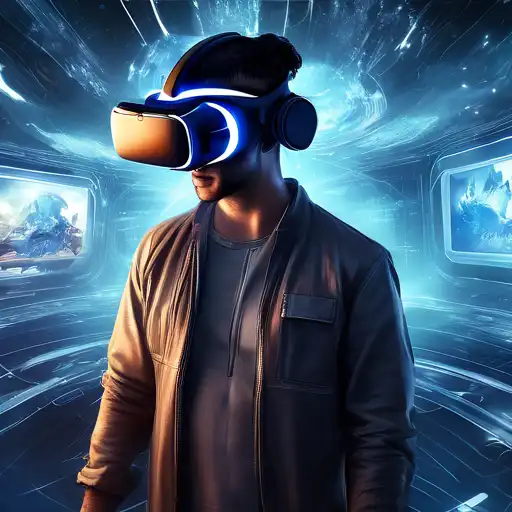Introduction to Virtual Reality
Virtual Reality (VR) has transformed the way we interact with digital content, offering an immersive experience that transcends traditional boundaries. This technology has not only revolutionized the gaming industry but has also made significant strides in education, healthcare, and real estate, providing users with a new dimension of experience.
The Evolution of Virtual Reality
From its inception in the mid-20th century to the present day, VR technology has undergone remarkable advancements. Early prototypes were bulky and expensive, limiting their accessibility. Today, VR headsets are more affordable and user-friendly, making this technology accessible to a broader audience.
Applications of Virtual Reality
VR's applications are vast and varied. In the gaming industry, it offers players an unparalleled immersive experience. In education, VR can transport students to historical sites or simulate complex scientific phenomena. Healthcare professionals use VR for surgical training and patient rehabilitation, showcasing its versatility.
- Gaming: Enhanced immersion and interactive gameplay.
- Education: Virtual field trips and interactive learning modules.
- Healthcare: Surgical simulations and therapy sessions.
- Real Estate: Virtual property tours for potential buyers.
The Future of Virtual Reality
As VR technology continues to evolve, its potential applications are boundless. With advancements in AI and machine learning, future VR experiences will become even more realistic and interactive. The integration of VR with other technologies like augmented reality (AR) and the Internet of Things (IoT) promises to unlock new possibilities.
Challenges and Considerations
Despite its potential, VR faces challenges such as high costs, technical limitations, and health concerns like motion sickness. Addressing these issues is crucial for the widespread adoption of VR technology.
For more insights into the latest tech trends, explore our Tech Trends section.
Conclusion
Virtual Reality offers a glimpse into the future of digital interaction, providing experiences that were once deemed impossible. As technology advances, VR will continue to break barriers, offering new ways to learn, entertain, and connect. The journey of VR is just beginning, and its full potential is yet to be realized.
